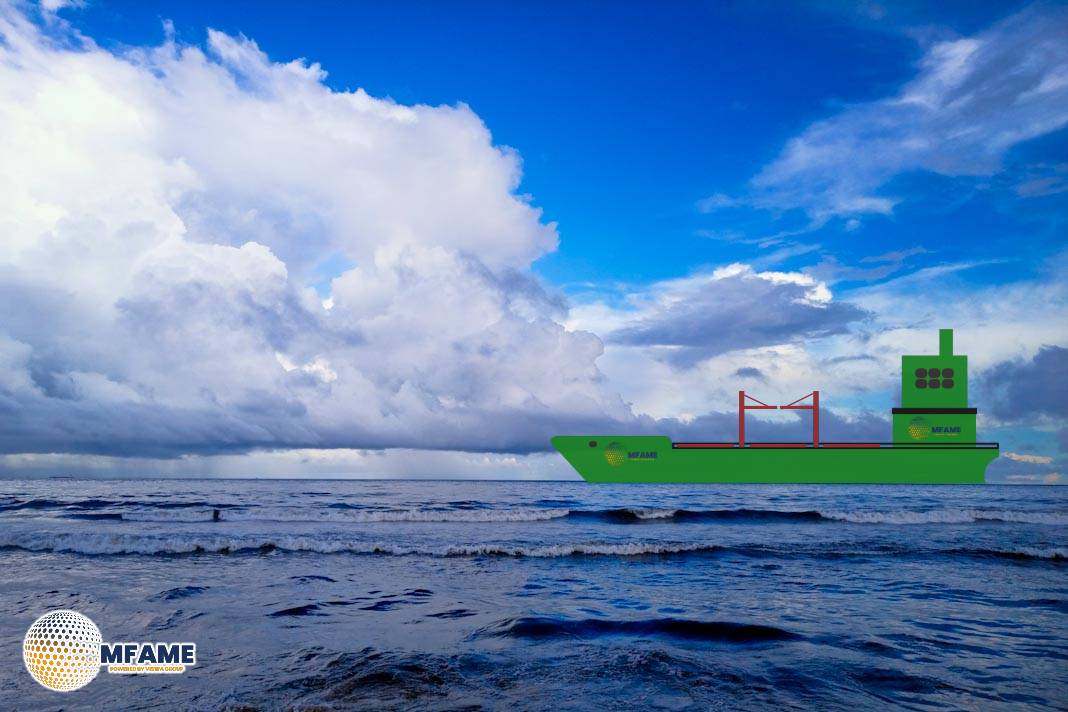 The Baltic Dry Index (BDI) has dropped significantly in recent weeks, signaling a tough environment for dry bulk shipping. Falling by 28% since mid-June, the index now stands at 1,431, largely due to a steep decline in the Capesize segment, the workhorse for transporting iron ore and coal.
The Baltic Dry Index (BDI) has dropped significantly in recent weeks, signaling a tough environment for dry bulk shipping. Falling by 28% since mid-June, the index now stands at 1,431, largely due to a steep decline in the Capesize segment, the workhorse for transporting iron ore and coal.
With China’s industrial slowdown continuing to hamper demand, the Capesize index has plunged more than 50% from its June peak, casting uncertainty over the remainder of 2025.
Iron Ore and Coal Demand Softens with China’s Slowdown
Iron ore, which accounts for over 70% of Capesize cargo, is seeing weaker demand as China’s steel industry struggles amid a sluggish construction sector and weakened export markets.
-
Chinese iron ore imports are projected to fall by 3% in 2025.
-
Global iron ore imports will contract by 2%.
-
Chinese coal imports are expected to drop by 11%, due to domestic supply growth, Mongolian rail imports, and renewables expansion.
-
Global seaborne coal trade is forecast to decline by 6%.
These developments have heavily impacted Capesize demand, resulting in a sharp fall in freight rates.
Bauxite Trade Offers Support
Despite the broader weakness, bauxite shipping is emerging as a bright spot. Global seaborne volumes are projected to grow by 19% in 2025, fueled by strong Chinese demand for aluminum for electric vehicles and renewables.
-
China is set to import 194 million tons of bauxite, up 22% y-o-y, making up 87% of global bauxite imports.
-
Long-distance shipments from Guinea to China are increasing ton-mile demand, offering much-needed support to Capesize rates.
However, West Africa’s monsoon season may cause some disruptions in the coming months.
Capesize Fleet Trends and Demolition Activity
The Capesize fleet continues to expand, but aging vessels and slow demolition rates add pressure.
-
Fleet size: 2,046 vessels totaling 404 million dwt, growing 1.3% y-o-y.
-
Average vessel age: 11.67 years, up from 10.86 in 2024.
-
Orderbook: 165 vessels, totaling 36.2 million dwt (≈9% of fleet).
-
Demolition activity: only 3 vessels scrapped so far in 2025.
-
Demolition-to-delivery ratio: 15% in 2025, up from 11% in 2024.
The market remains oversupplied, especially amid stagnant demand.
Freight Rates and Market Sentiment
Freight rates reflect the current weakness:
-
Capesize 5TC spot earnings have dropped to $14,521/day, more than 50% off the mid-June peak of $31,000/day.
-
This represents a 40% decline compared to the June average.
The fragile market outlook is expected to persist unless there is a rebound in Chinese steel and industrial output.
Geopolitical and Trade Policy Uncertainty Looms
Adding to market uncertainty is the potential escalation in U.S. trade tensions.
-
A temporary tariff pause ends tomorrow, with new tariffs on commodities like steel and aluminum set to take effect August 1st.
-
If enforced, these could further reduce global demand for bulk commodities and disrupt shipping patterns.
The Capesize market faces a mix of headwinds, from slowing Chinese demand to growing fleet capacity. While the bauxite trade offers a cushion, the broader outlook remains fragile, with freight rates sharply down and global economic uncertainties mounting. Industry players will need to closely monitor trade policies and demand signals from China to navigate the coming months.
Did you subscribe to our Daily newsletter?
It’s Free! Click here to Subscribe!
Source: BREAKWAVE ADVISORS

















